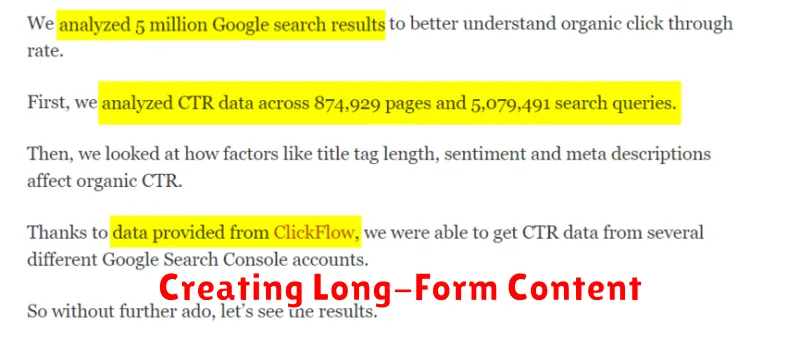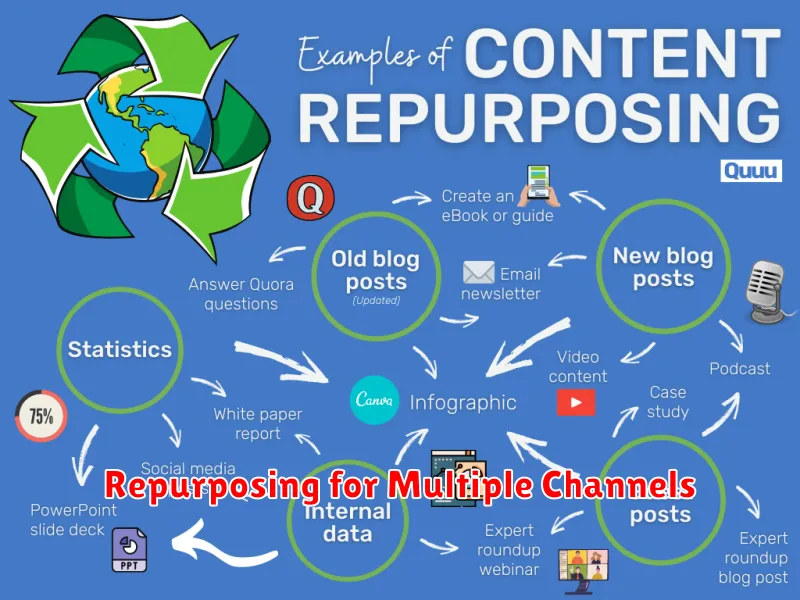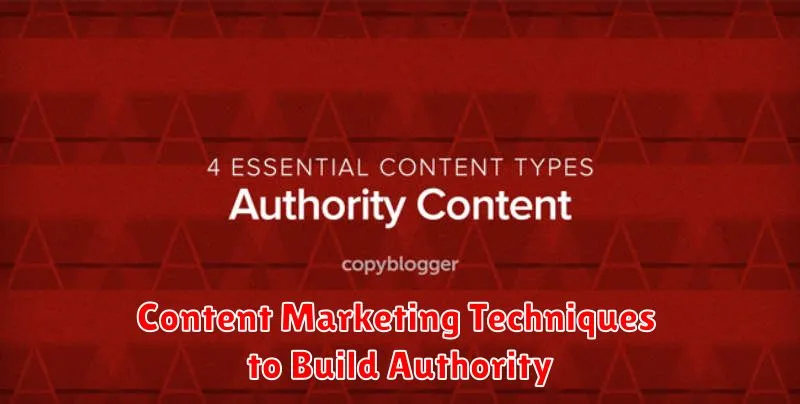In today’s digital landscape, establishing authority is paramount for businesses seeking to thrive. Content marketing offers a powerful avenue to achieve this, enabling you to position yourself as an industry leader and build trust with your target audience. Effective content marketing techniques can transform your online presence, driving organic traffic, generating leads, and ultimately boosting conversions. This article will delve into proven content marketing techniques designed to cultivate authority and elevate your brand above the competition. We’ll explore strategies to create high-quality, valuable content that resonates with your audience and solidifies your position as a trusted expert in your field.
From crafting compelling blog posts and insightful articles to leveraging the power of video and social media, we’ll uncover the key content marketing techniques that build authority. Understanding your audience, conducting thorough keyword research, and focusing on providing genuine value are just a few of the essential elements we’ll cover. By implementing these content marketing techniques, you can effectively communicate your expertise, build a loyal following, and establish your brand as a go-to resource within your industry. Prepare to unlock the potential of content marketing and solidify your authority in the digital realm.
What Makes Content Valuable
Valuable content hinges on providing genuine benefit to the audience. This benefit can take many forms, including providing solutions to problems, offering unique insights, or delivering actionable advice.
Relevance is also key. Content must align with the audience’s interests and needs. Understanding your target demographic is crucial for creating content that resonates and fosters engagement.
Accuracy and credibility are paramount. Well-researched, fact-checked content builds trust and positions you as an authority. Presenting information in a clear and concise manner enhances understanding and encourages consumption.
Finding Content Gaps
Identifying content gaps is a crucial step in building authority through content marketing. A content gap represents a missed opportunity to connect with your audience by addressing their specific needs and questions. By filling these gaps, you position yourself as a knowledgeable and reliable resource.
Keyword research plays a vital role in uncovering content gaps. Analyze the keywords your target audience uses when searching for information related to your industry. Look for keywords with significant search volume but limited high-quality content covering them. These represent prime opportunities to create valuable content.
Competitor analysis is another effective method. Examine the content your competitors are producing and identify areas where you can offer a unique perspective or more comprehensive information. Look for topics they haven’t covered or areas where you can improve upon their existing content.
Audience feedback is invaluable. Directly asking your audience what information they are seeking or what challenges they are facing can reveal significant content gaps. Consider using surveys, polls, or social media engagement to gather this information.
Creating Long-Form Content

Long-form content refers to in-depth articles, blog posts, or guides exceeding a typical word count, often around 1,200 words or more. This approach allows for comprehensive exploration of a topic, establishing your expertise and authority.
Benefits of Long-Form Content:
- Improved SEO: Search engines favor comprehensive content, boosting search rankings.
- Increased Engagement: Readers spend more time on detailed content, indicating value to search algorithms.
- Authority Building: In-depth analysis positions you as a knowledgeable resource within your industry.
- Lead Generation: Long-form content provides opportunities to capture leads through email opt-ins or gated content.
Creating Effective Long-Form Content:
- Thorough Research: Invest time in researching your topic thoroughly to provide valuable insights.
- Structured Format: Use headings, subheadings, and bullet points to enhance readability and organization.
- Engaging Writing: Maintain a clear and concise writing style to keep readers interested.
- Data and Evidence: Support claims with data, statistics, and credible sources to strengthen your arguments.
Using Storytelling Effectively

Storytelling is a powerful content marketing technique for building authority. By crafting compelling narratives, you connect with your audience on an emotional level, fostering trust and credibility. Stories make your brand relatable and memorable.
Effective storytelling involves several key elements. First, define a clear narrative arc with a beginning, rising action, climax, falling action, and resolution. This structure keeps your audience engaged.
Next, focus on a relatable protagonist facing a challenge. This could be a customer succeeding with your product or your company overcoming an obstacle. The key is to make the story resonate with your target audience.
Finally, ensure your story aligns with your brand values and messaging. A consistent message reinforces your brand identity and builds authority in your niche.
Promoting Content Strategically
Content creation is only half the battle. To truly build authority, you need a strategic promotion plan. This involves understanding your target audience and where they consume information.
Key promotion channels include social media, email marketing, and influencer outreach. Choosing the right channels depends on your specific audience and content format. For instance, visually appealing content might perform better on platforms like Instagram, while long-form articles could be more effective on LinkedIn.
Timing is crucial. Analyze when your audience is most active online and schedule your promotions accordingly. Consistency is also key. Regularly sharing valuable content helps maintain engagement and reinforces your expertise.
Repurposing for Multiple Channels

Content repurposing is a powerful technique for maximizing the reach and impact of your content marketing efforts. It involves adapting existing content for different platforms and formats, ensuring broader audience engagement and reinforcing your key messages.
Consider these repurposing strategies:
- Transform a blog post into a series of social media updates, highlighting key takeaways.
- Convert a webinar presentation into a downloadable PDF guide or a series of short video clips.
- Compile a collection of related blog posts into a comprehensive ebook or whitepaper.
- Create infographics from data-rich content, making complex information more accessible.
- Turn customer testimonials into engaging social media graphics or short video snippets.
By repurposing content effectively, you can extend its lifespan, reach a wider audience on various platforms, and establish a consistent brand presence.

